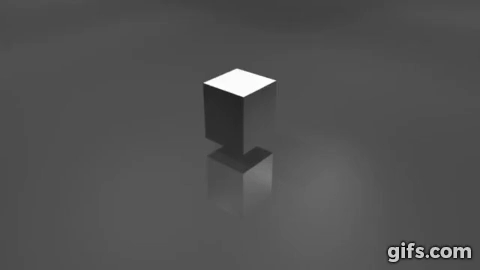I’ve had some downtime recently so challenged myself to make a mobile game in four weeks. This meant working to my strengths (code, music, procedural generation, UI) and avoiding my weaknesses (modelling, texturing, animation). It also meant I had to be very strict on the scope of the game, which ruled out pretty much all genres except arcade/action, and meant I had to avoid complex features like multiplayer and localization (although I may add the latter if it gains popularity).
I prototyped some ideas in Unity, and zoned in on using 2D flat-shaded polygons to create a singleplayer rhythm/timing game. For metagame progression, added unlockable psychedelic colour schemes since this required no further art (aside from picking the colours). I spent a few days hunting around online for some good quality electronica/IDM/glitch and licensed a track for each of the five stages. Nerds may be amused to know I referred to the xkcd color survey to pick colours.
Anyway, after several weeks of coding and a brief alpha test with friends, the end result is Polywarp, a minimal music game about rhythm and geometry, as seen in the trailer above. I didn’t quite make the deadline (it took just over 6 weeks), but I’m very happy to announce it’s available to play for free now on iOS and Android:
You can find out more on the Polywarp project page. Don’t forget to leave a review if you check it out, thanks! :)


